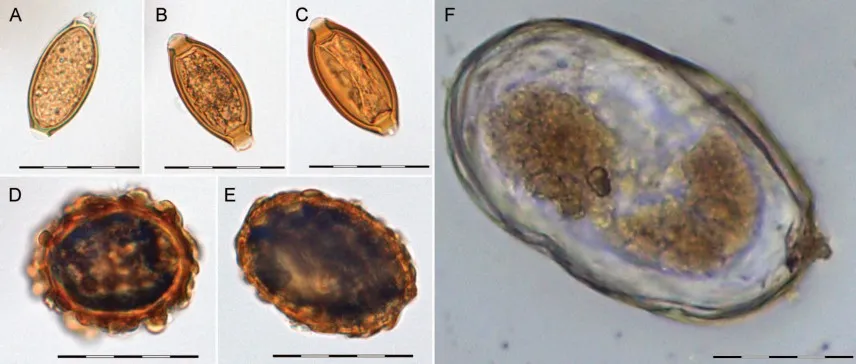By extracting fossilised eggs from samples of faeces collected from Viking settlements across Denmark, researchers from the University of Copenhagen have mapped the genome of the whipworm – a parasite that has infected humans for tens of thousands of years.
While the human whipworm, Trichuris trichiura, is now rarely found in modern countries thanks to improved sanitation, it is thought to infect more than 500 million people in developing countries.
The findings from the study can now be used to create new drugs to treat infection and to prevent the parasite’s future spread, the researchers say.

"In people who are malnourished or have impaired immune systems, whipworm can lead to serious illness," said lead researcher Prof Christian Kapel, of the University of Copenhagen.
"Our mapping of the whipworm and its genetic development makes it easier to design more effective anti-worm drugs that can be used to prevent the spread of this parasite in the world's poorest regions."
Whipworms live in the intestines of their human hosts and can grow to seven centimetres in length. Over a lifetime that spans several months, they continuously lay microscopic eggs that later exit the hosts’ bodies in faeces.
These eggs can then spread to drinking water or food where they can be unknowingly consumed by another human host, beginning the entire cycle once more.
"During the Viking Age and well into the Middle Ages, one didn't have very sanitary conditions or well-separated cooking and toilet facilities. This allowed the whipworm far better opportunities to spread," said Kapel.
"Today, it is very rare in the industrialised part of the world. Unfortunately, favourable conditions for spreading still exist in less developed regions of the world."

The researchers sieved the eggs from stool samples taken from Viking settlements in Viborg and Copenhagen. They found that the DNA inside the eggs was incredibly well preserved, even though some of them were 5,000 years old.
This is thanks to the chitin, a hard, naturally occurring polymer also found in the exoskeletons of crustaceans and insects, that makes up the eggs’ hard outer capsules.
The team sequenced the genomes of the eggs and compared them to the genomes of contemporary samples harvested from people across the world who were infected with whipworms to investigate the parasite's history.
"Unsurprisingly, we can see that the whipworm appears to have spread from Africa to the rest of the world along with humans about 55,000 years ago, following the so-called 'out of Africa' hypothesis on human migration," said Christian Kapel.
Read more about ancient humans: